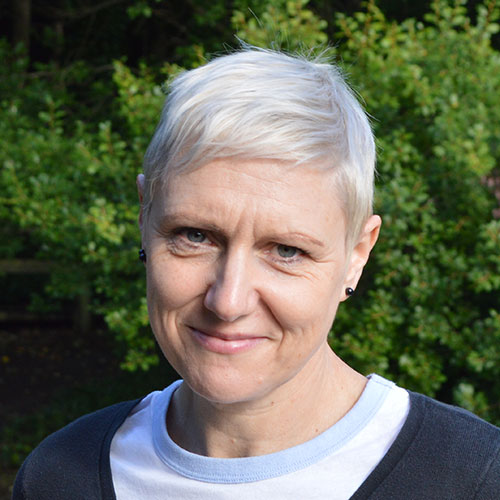
Dr Jo Bishop
HudCRES
Recently I had the privilege to attend the Finnish Youth Research Society’s Annual conference which, in celebrating its 30th anniversary invited papers on the themes of Youth Cultures and Wellbeing. In this blog I reflect on my experiences of this event, the issues that chimed both professionally and personally, and the insights that I am bringing home.
In Austerity England, we have witnessed the dismantling of children and young people’s services and provisions to the extent that I often find myself discussing these as part of a nostalgic past.
But a key value in attending international conferences (also noted by Professor Robin Simmons in his conference season post) is how they can ‘jolt’ you out of your own immediate day-to-day reality and grasp a bigger picture.
The ‘jolt’ in this instance came as I listened to colleagues from across Europe making frequent and multiple references to ‘youth centres’, ‘youth houses’, and many other types of spaces provided for young people in the here and now. Indeed, the Finnish Youth Research Society was established because both Finnish scholars and the Nordic ministries saw a need for a field of (social) science that focused specifically on young people. In the present English situation we can only dream of such unqualified interest and investment! But by the same token, it was also interesting to learn that the UK is ‘ahead of the game’ in terms of research regarding the situation of young carers which is acknowledged to be a neglected area of research within Finland.
The XVII Conference of Youth Studies 2018 comprised 30 panels encompassing a huge range of issues: young people’s participation; youth policy; young people’s resilience and inventiveness when coping with rough realities; youth mobility; marginalized girlhoods; sports and physical activities of children and young people - the list goes on!
I formed part of the ‘School, Educating and Wellbeing’ panel as my paper: “Like an older sister… or maybe mother?” School students’ perceptions of educational paraprofessionals, examined young people’s negotiation of pastoral systems and structures in high schools and their frequent and deliberate by-passing of official systems. I shared my observations of how pupils agentically carved out relationships with educational paraprofessionals like learning mentors, arguing that the wellbeing that such relationships afforded these young people was evident.
In contrast to the idea of wellbeing in public arenas likes schools, the paper presented by Sian Lincoln, one of the keynote speakers, examined wellbeing in the private space of the teenage bedroom, explaining how photos, posters, ornaments and other paraphernalia can serve as important reference points in times of change.
This led me to reflect on the teenage bedroom as a mechanism for wellbeing in a modern day context. Issues like housing shortages and increasingly diverse family structures suggest that experiences of the teen bedroom are multi-layered and even contradictory: encompassing on the one hand, a space which is fought over with siblings or perhaps shared with elders in multi-generational households, but in other cases involving ‘ownership’ of two bedrooms, albeit in separate locations.

A further highlight was a paper delivered by Noora Pyyry and Lauri Janetti within the Spaces, Places and Well-being panel. Here I learned about the concept of urban hitchhiking and how it was utilized as a means to enable children to discover more about their locality (downtown Helsinki in this case) whilst forming part of an ongoing research project on young people’s rights to the city. Groups of children held up banners asking ‘Can I walk with you?’ and then shared a brief journey with a passing pedestrian in order to gain a different perspective on ordinary everyday things. Two key concepts underpinned this project: first, ‘dwelling with’ (Ingold, 2000) which in this instance meant that the children could engage with the world in a way which contrasted with the rest of their lives being heavily framed with adult-contrived schedules and arrangements. The second concept of ‘enchantment’ refers to a feeling of joyful involvement or ‘wonder at the world’ which has a strong affective force and is not necessarily easy to talk about or pinpoint (Pyyry, 2017).
This was the best ‘jolt’ of the whole conference - I was intrigued by these concepts and their application to research – but it was also highly revealing that these thoughts were quickly supplanted by concerns about how the children involved were safeguarded when participating in urban hitchhiking (perfectly adequately, as it turned out) demonstrating that, yet again, the modern-day English context is never too far away.

